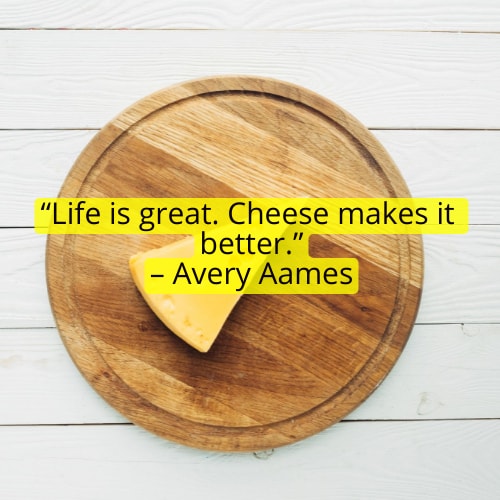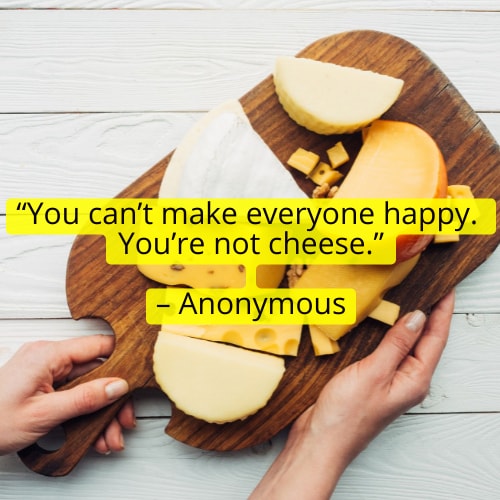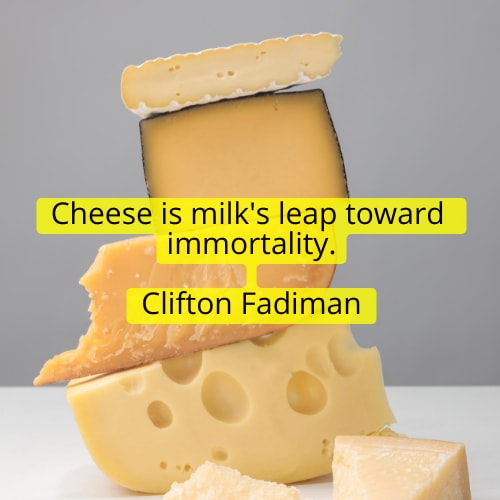Cheese – Chak and Cheese: story of one man’s dogged pursuit of a secret cheese recipe that led him to Chak Chand village in Bankura
It was unexpected; among the mozzarella in olive oil, brie, Camembert, Edam and Gouda of the cheese platter at the five-star Sunday brunch buffet was nestled a bowl of half moons immersed in a milky fluid. It took 63-year-old Nima Dasgupta a while to work it out — Bandel cheese, a delicacy she had been introduced to at an Anglo-Indian friend’s house. Now, neither she nor her friend lived in India and a five-star hotel in Calcutta was the last place she had expected to come across it.
That the Portuguese were responsible for introducing Bengalis to chhana or cottage cheese is now well-known. “They [the Portuguese] loved cottage cheese, which they made by ‘breaking’ milk with acidic materials,” writes food historian K.T. Achaya in his book Indian Food, a Historical Companion. The queijo fresco, literally fresh cheese, is a mild cow milk cheese that is very popular in Portugal; it is what the Portuguese wanted to replicate in Bandel, the then port city where they got permission to settle in 1580.
“The cheese they made is called Bandel cheese. To make it in large quantities, the Portuguese employed local people. That is how Bengalis were introduced to the process of making cottage cheese,” explains academic Purba Chatterjee, who is studying the intangible heritage the Portuguese left us.
The Bandel cheese, sold in small roundels an inch across and one fourth inch thick, is available in two varieties, smoked and plain. Both versions are heavily salted for preservation’s sake.
According to Thomas Bowrey’s book Geographical Account of the Countries Around the Bay of Bengal 1690-1780, the Portuguese did brisk business exporting the cheese along with ghee and butter to present-day Java. The smoked variety is possibly a contribution of the Dutch, who lived in neighbouring Chinsurah and had a pronounced love for smoked Gouda, believes Saurav Gupta of The Whole Hog Deli, an online…
..


